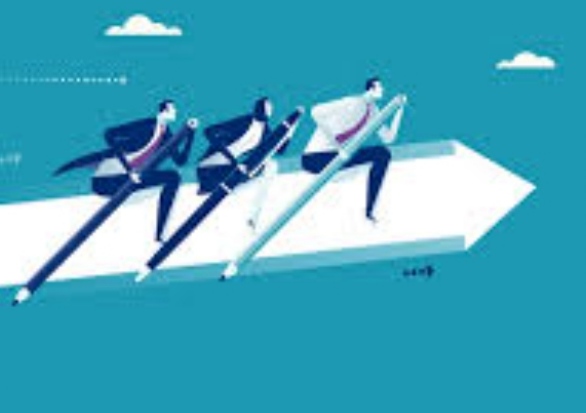This article describes my experience of becoming a product designer from a graphic one. I’ll share some tips on necessary skills a product designer needs, how to create your first portfolio, and prepare for the job interview.
My career started with graphic design — I dreamed of designing books and fonts. Before changing my specialization, I managed to work at Art. Lebedev Studio and Hooga; I took part in a project that got a Red Dot award (“Corruption Park”).
At some point, I realized that I could do more good for businesses and users in product design.
When creating a book or visual identity, designers mostly don’t mind specific metrics. They don’t question themselves: how will my work affect the product profitability? Will the book be convenient for readers? This got me really frustrated at work.
I had been planning to switch to product design for a year and a half. During this time, I made my first simple websites on Tilda and Readymag and later began studying Webflow. So I dived into how websites are created and designed. I also read plenty of guides and articles, trying to understand how a product designer works. Finally, after self-study, I decided to take courses to structure my knowledge.
I got my first job as a product designer at Parimatch Tech. Later, I joined Genesis, where we developed mobile apps, games, and web projects. My responsibilities included:
conducting research.
developing and redesigning current products.
maintaining and creating design systems on projects.
mentoring and training junior designers.
What graphic design skills will come in handy?
Many skills that a graphic designer already has will be of use during the transition, such as:
Drawing icons. You can create custom icons for apps and websites. Yes, there’s always an illustrator or graphic designer for help, but it saves time if the product designer creates icons themselves.
Creating visual identity. You’ll need this experience when shaping the product’s visual style to hit the audience. I still create mood boards with a general style to find the right visual language.
Book design. The general knowledge of the creating layout helps understand how UI interfaces are created.
Working with animation. This is a necessary skill as you will often design transitions between screens, icons, and components.




